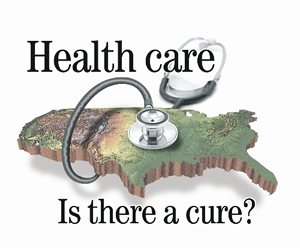The Affordable Care Act (ACA) has new financial incentives and penalties. This is done in order to improve the health care system, mainly hospitals, performance in the country. The new mandate has been proven to be hard to manage and has encountered several problems. However, it provides new opportunities for leaders to have a good collaboration with different health care providers.
Medicare’s Hospital Readmissions Reduction Program or the (HRRP) penalizes hospitals that allow patients to have excess 30-day readmissions specifically for health conditions like myocardial, pneumonia, and heart failure. The program was intended to punish hospitals with surplus 30-day readmissions not considering whether the patient was readmitted to the same hospital or to another hospital.
Actually, the penalty itself is not that substantial or damaging to the hospital’s income. What makes it more significant is its effect on the image of the hospital. The penalty data of each hospital is open for public viewing every year, so they know what hospital has been paying a lot of penalties recently. This could affect the number of patients that will choose that hospital. If the hospital is located in a very competitive location, having a high penalty rating could greatly affect them.
The program has forced hospital leaders to develop, filter, assess, and implement care management programs in different areas. It is essential to use the information technology for data incorporation. Evidence-based decision-making is also important to make the services more effective and fast as soon as the patient was admitted. It is also crucial to the development and rapid-cycle learning. Hospital leaders as well as their management must be aware of the changes in the rules. They now need better collaboration with other health care institutions to be more effective in terms of the services they offer to patients. Keeping the patients from readmission to the hospital due to their total wellness and recovery is a very good sign for the hospital’s development.





